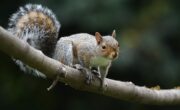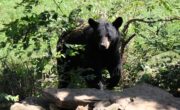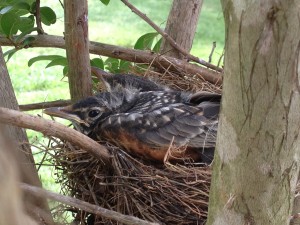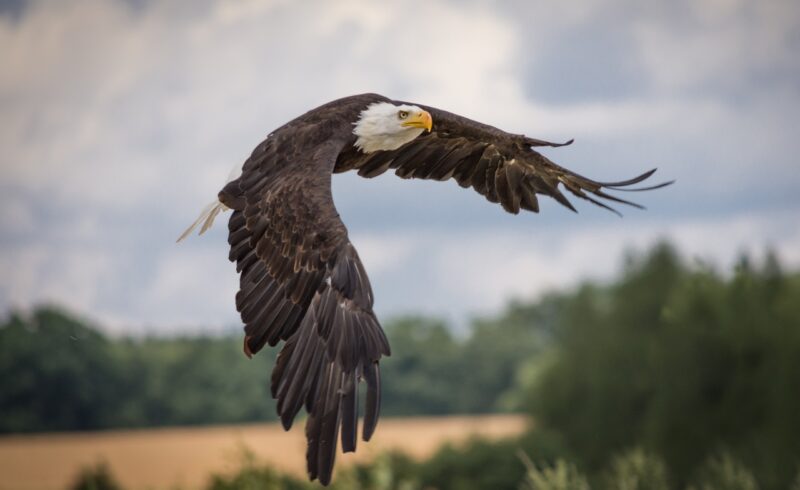
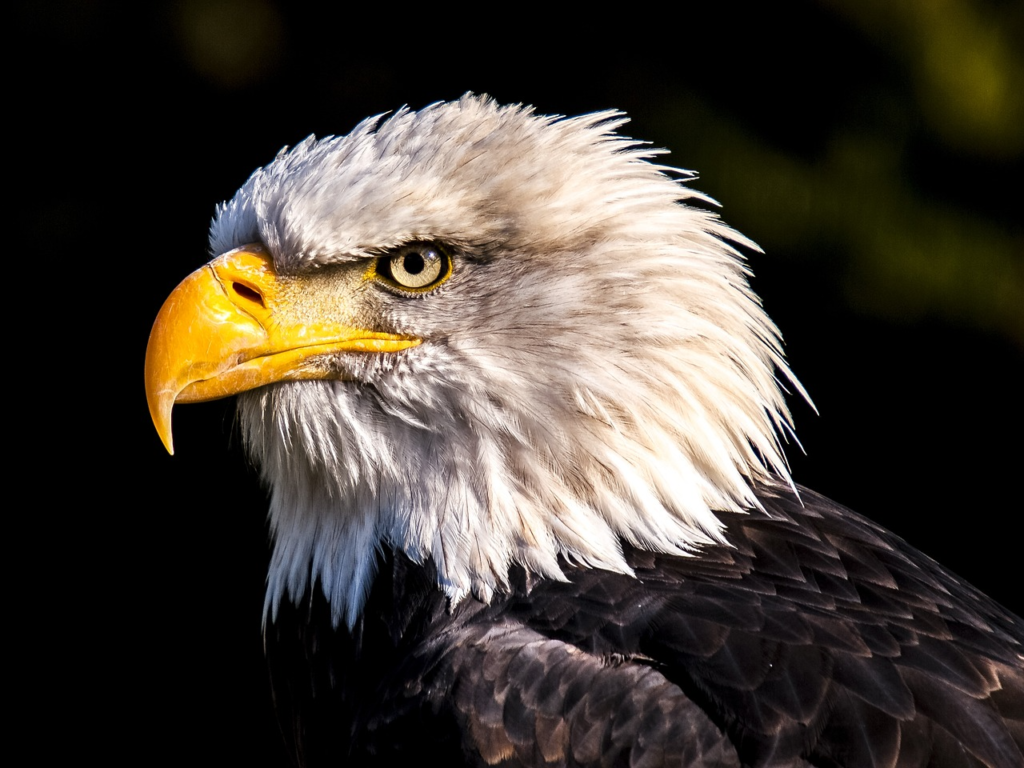 For Americans, the 4th of July is a time to remember, respect, and celebrate the freedoms we as continue to enjoy. One of the main symbols of those freedoms is the bald eagle, which was named America’s national bird in 1782. Bald eagles were given this title due to their majestic appearance, ferocity, and independence—qualities that represent the strength and freedom of America. But there’s much more to know about these birds and their history.
For Americans, the 4th of July is a time to remember, respect, and celebrate the freedoms we as continue to enjoy. One of the main symbols of those freedoms is the bald eagle, which was named America’s national bird in 1782. Bald eagles were given this title due to their majestic appearance, ferocity, and independence—qualities that represent the strength and freedom of America. But there’s much more to know about these birds and their history.
Life and Habits
Bald eagles are actually sea eagles and create their nests close to large bodies of water. Their diets usually consist of fish—no surprise there—but they also hunt small mammals and even other birds. Scavenging or stealing is also a very common way of acquiring dinner. They mate in life-long pairs, laying between one to three eggs per clutch. Juveniles live alone and nomadically, flying great distances until they mature at age four or five, when they return to the area where they grew up to find a mate.
Eagle Losses
Although acting as America’s national bird, bald eagles have historically had a less-than-desirable relationship with humans. When the United States was first established, there were estimated to be 300,000 – 500,000 bald eagles, but their numbers quickly dwindled hunting the birds became more prevalent. Not only that, poisoning from the chemical DDT led to many losses. By the 1960s, there were only around 400 nesting pairs left.
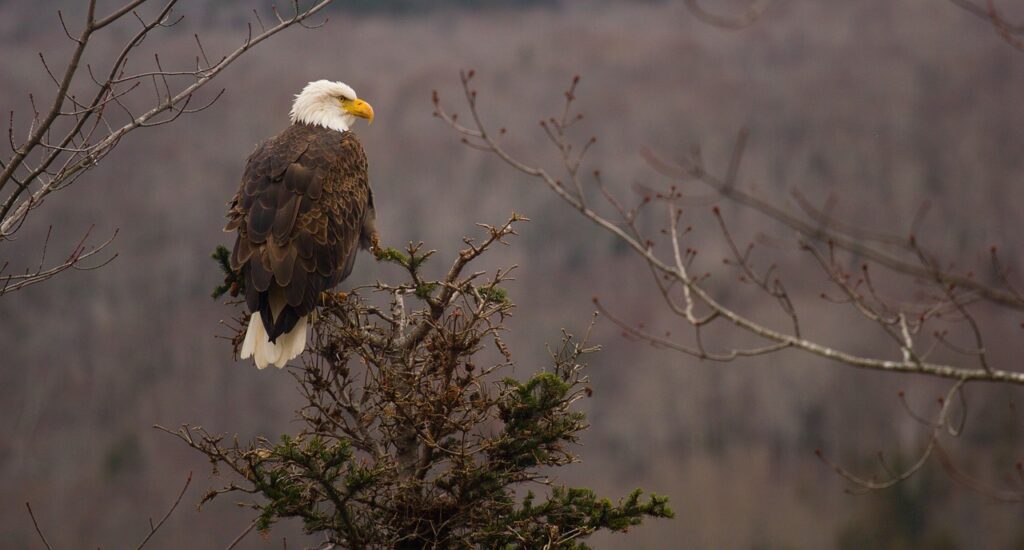
Back from the Brink
Thankfully, multiple measures were enacted to save the bald eagle. DDT use was banned in 1972, and in 1978, bald eagles were listed as an endangered species. Their population swiftly rebounded, allowing them to be removed from their endangered status in 2007. They are now thriving again; today, there are an estimated 316,700 individual bald eagles, including 71,400 nesting pairs. This 4th of July, as you enjoy the festivities, take time to appreciate the bald eagle, its recovery, and the principles it represents.
Want to learn more about bald eagles? Check out some of these great sites:





